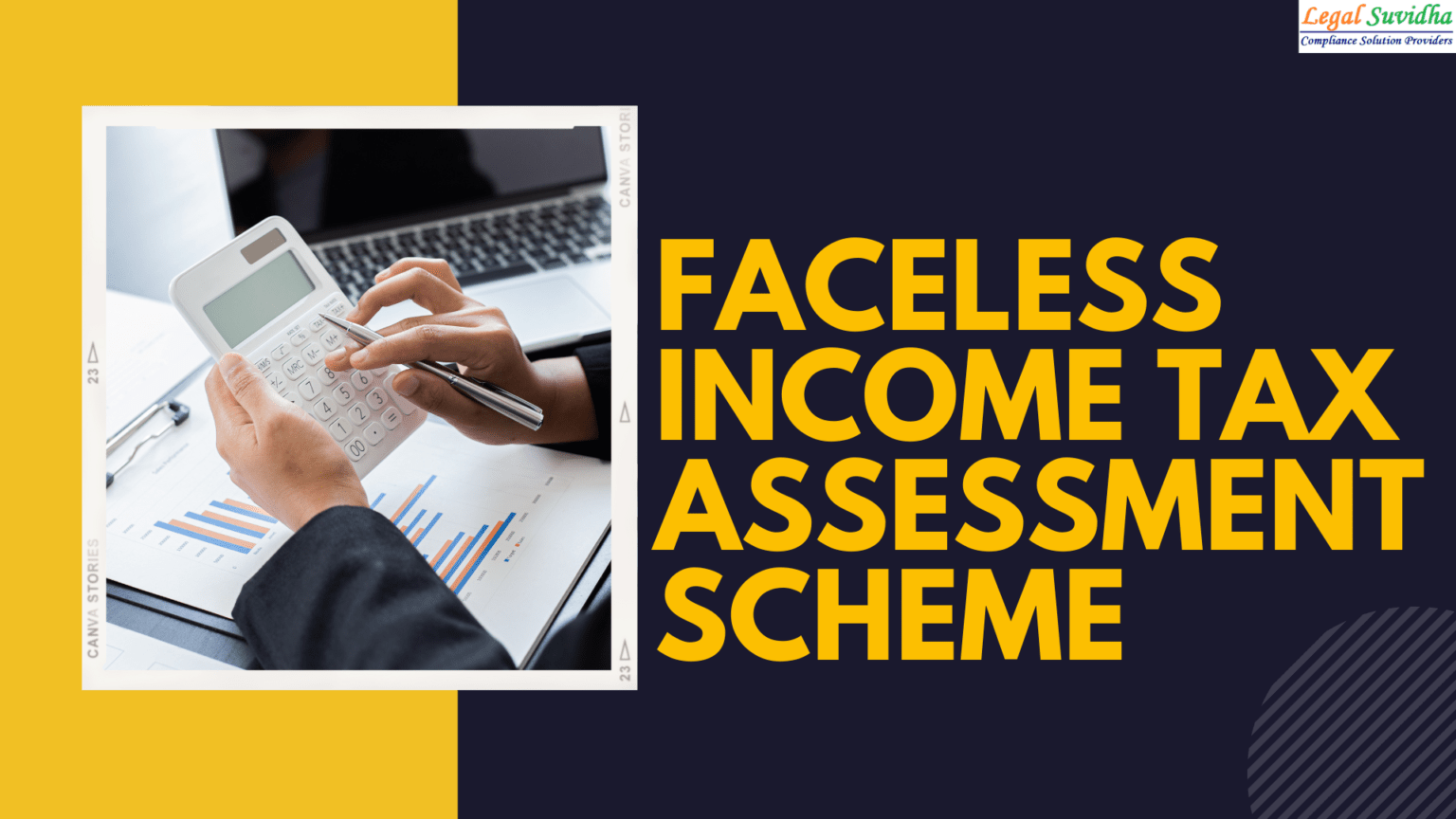FACELESS INCOME TAX ASSESSMENT SCHEME
Faceless Income Tax Assessment is a new system of income tax assessment introduced by the Indian government in 2020. It is designed to make the assessment process more efficient and fair, while also reducing face-to-face interactions between taxpayers and tax officials.
Under the faceless assessment system, all communication between the taxpayer and the tax department is done electronically through the official e-filing portal. The assessment process is also carried out by a team of tax officials located in different parts of the country, rather than by a single tax officer. This is done to minimize the potential for bias and ensure that assessments are carried out impartially.
The faceless assessment system includes the following features:
- Centralized Processing: All returns are processed at a centralized location, and the assessment order is passed by a team of officers located at different places.
- Automated Scrutiny: The returns are selected for scrutiny through a computer-aided selection process, rather than manual selection.
- Faceless Appeal: Appeals against the assessment order are also heard by a team of officers located at different places.
- E-Proceeding: All proceedings and communications between the taxpayer and the department are conducted through the e-filing portal.
The faceless assessment system aims to make the tax assessment process more efficient, transparent, and fair for taxpayers. It is important to note that the faceless assessment system is not applicable to all assessments, only to certain types of assessments.
How Does the Faceless IT Assessment Work?
The faceless income tax assessment system works by automating the selection process for scrutiny of tax returns, and by conducting the assessment process through a centralized system. The system uses an algorithm to select returns for scrutiny, rather than manual selection by a tax officer.
The process is initiated when a taxpayer files their income tax return on the e-filing portal. The return is then processed by a centralized system, which uses an algorithm to select returns for scrutiny. If a return is selected for scrutiny, the taxpayer will receive an electronic notice with a list of queries and documents that need to be submitted for the assessment process.
Once the taxpayer submits the required documents and answers the queries, the assessment process is carried out by a team of tax officials located in different parts of the country. The team will conduct the assessment and pass an assessment order without any personal interaction with the taxpayer.
The taxpayer can access the status of their assessment and communicate with the assessing officer through the e-filing portal. The taxpayer can also file an appeal through the e-filing portal, which will be heard by a team of appellate officers located in different parts of the country.
It’s worth noting that the faceless assessment system is not applicable to all types of assessments. It is currently only applicable to a certain category of cases, and the government may expand the scope of faceless assessment in the future. It is always advisable to consult with a tax professional or check with local tax authorities




















